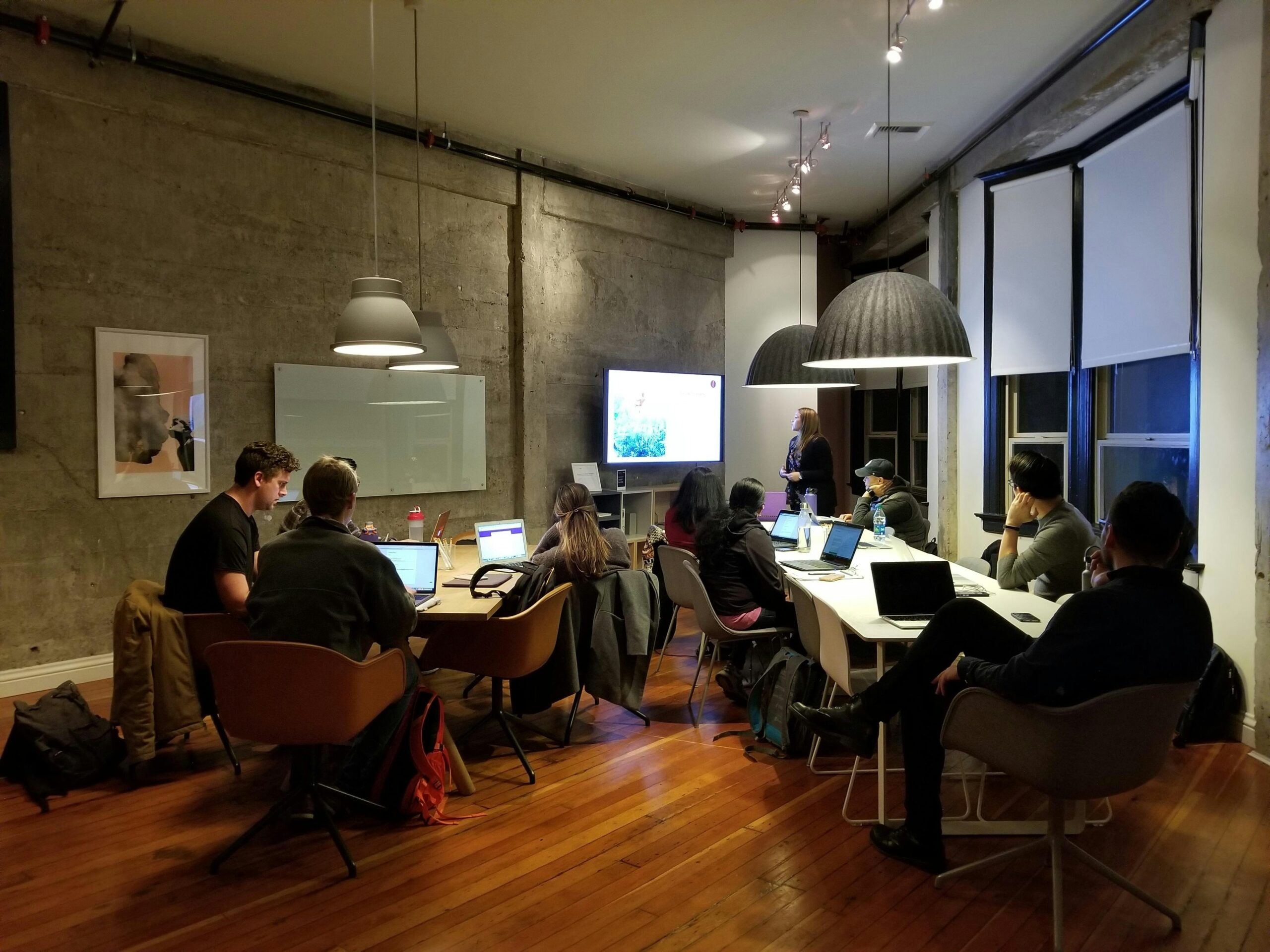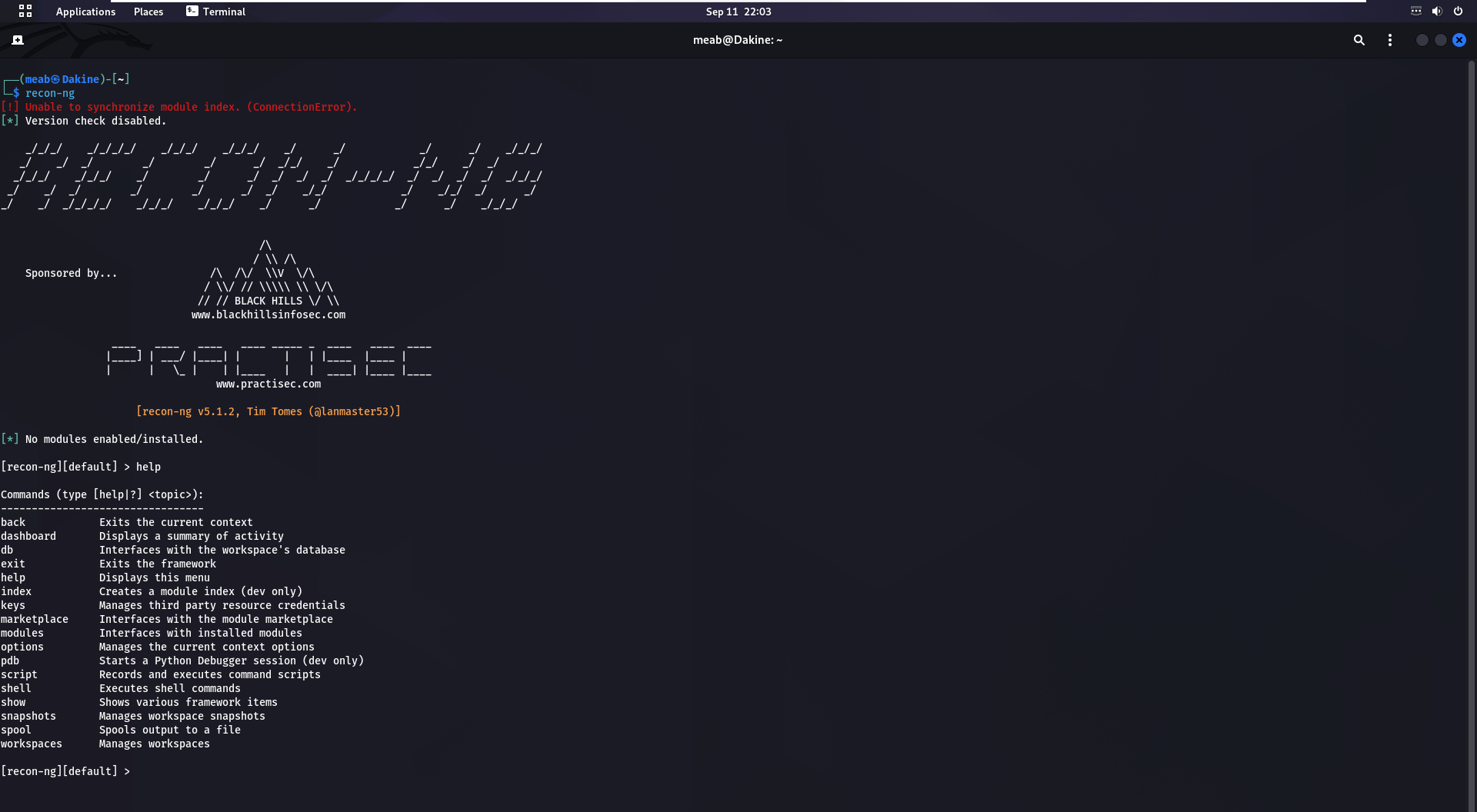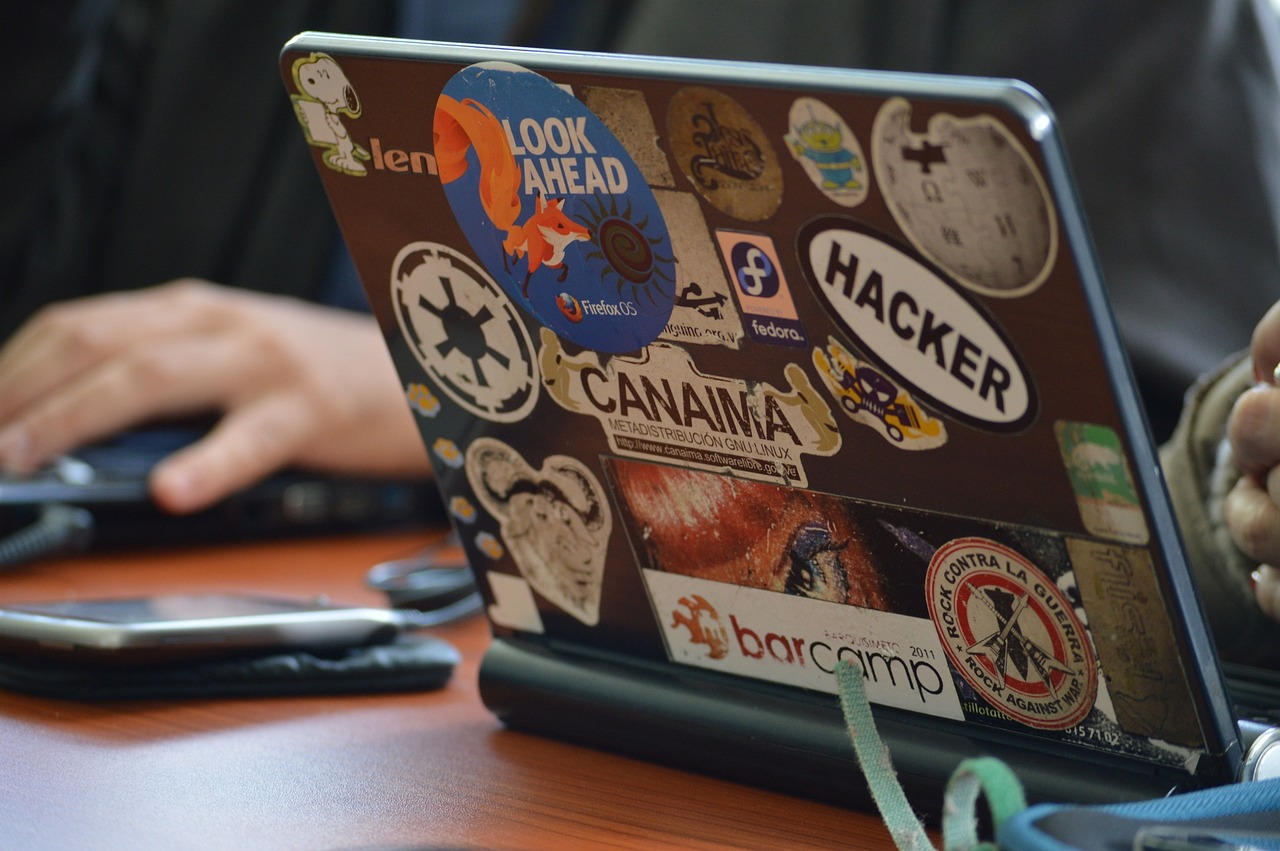In today’s digital age, cybersecurity is more crucial than ever. A bug bounty program is an innovative approach where organizations invite ethical hackers to identify and report security vulnerabilities in their software, applications, and systems. This not only helps in fortifying defenses but also encourages a culture of continuous improvement and vigilance.
Having a dedicated bug bounty team is essential for efficiently managing and executing these programs. A specialized team ensures that the process of identifying, documenting, and resolving security issues is streamlined and effective. It also brings together diverse skill sets and expertise, fostering a collaborative environment where members can learn from each other and stay ahead of emerging threats.
The purpose of this article is to guide you through the process of setting up a successful bug bounty team. We will explore everything from assembling the right team to establishing methodologies, leveraging tools, and defining goals. By the end of this guide, you will have a clear understanding of how to create a robust bug bounty team capable of making significant contributions to cybersecurity.
NOTE:
This article was crafted using insights from several valuable resources. Special thanks to the following articles, YouTubers, GitHub repositories, and books that provided essential guidance:
GitHub Repositories:
Bug Bounty Village — DEFCON 32 Workshop
Youtubers:
https://www.youtube.com/@TCMSecurityAcademy
https://www.youtube.com/@rs0n_live
https://www.youtube.com/@NahamSec
Articles:
“Creating an Effective Sock Puppet for OSINT Investigations” by Jake Creps
“The Art Of The Sock — OSINT and HUMINT” on Secjuice
Books:
“Hiding from the Internet: Eliminating Personal Online Information” — Michael Bazzell
“Bug Bounty Bootcamp: The Guide to Finding and Reporting Web Vulnerabilities” — Vickie Li
“Real-World Bug Hunting: A Field Guide to Web Hacking” — Peter Yaworski
These resources have been instrumental in shaping the strategies and methodologies discussed in this guide. Their contribution to the cybersecurity community is deeply appreciated.
Understanding Bug Bounty Programs
Definition and Purpose of Bug Bounty Programs
Bug bounty programs are initiatives offered by organizations where they invite ethical hackers, also known as “white hats,” to identify and report security vulnerabilities in their software, applications, and systems. The primary goal is to proactively discover and address weaknesses before malicious actors can exploit them. This approach fosters a culture of responsible disclosure and continuous improvement in cybersecurity.
Benefits for Companies and Security Researchers
For companies, bug bounty programs provide an external layer of security testing, leveraging the diverse skill sets and perspectives of ethical hackers from around the world. This can lead to the discovery of critical vulnerabilities that internal teams might overlook. Additionally, these programs can be more cost-effective than traditional security assessments, as organizations only pay for confirmed vulnerabilities.
For security researchers, bug bounty programs offer a legitimate and rewarding way to practice their skills and contribute to cybersecurity. Researchers can earn monetary rewards, gain recognition within the cybersecurity community, and build their professional reputation through documented findings and successful reports. Moreover, participating in bug bounty programs can serve as a practical learning experience, helping researchers stay updated with the latest security trends and techniques.
Examples of Successful Bug Bounty Programs
Several high-profile companies have implemented successful bug bounty programs, demonstrating their effectiveness:
- Google Vulnerability Reward Program: Google has been running one of the most extensive and lucrative bug bounty programs since 2010, offering substantial rewards for vulnerabilities found in its services and software. This program has significantly contributed to Google’s robust security posture.
- Facebook Bug Bounty: Facebook’s program has been active since 2011, incentivizing security researchers to find vulnerabilities in the platform. The program has helped Facebook address numerous critical issues, enhancing the security of its vast user base.
- Microsoft Bug Bounty Programs: Microsoft runs various bug bounty programs targeting different products and services, including Azure, Office 365, and Windows. These programs have played a crucial role in securing Microsoft’s vast ecosystem.
Assembling Your Team
Identifying Required Skills and Expertise
To build an effective bug bounty team, it’s crucial to identify the skills and expertise required. Here are some key roles and their associated skills:
- Red Team: Offensive security experts skilled in penetration testing and exploiting vulnerabilities.
- Blue Team: Defensive security professionals focused on detecting and mitigating security threats.
- Scribe: Responsible for documenting findings, creating reports, and maintaining records.
- Project Manager: Oversees the team’s activities, ensuring timely completion of tasks and effective communication.
- Mentor: Experienced professionals who provide guidance and training to less experienced team members.
- Infrastructure Specialist: Manages the technical infrastructure, including tools and resources needed for bug hunting.
- Automation Engineer: Develops and implements automated tools to streamline the bug hunting process.
Recruiting Team Members with Diverse Backgrounds in Cybersecurity
When recruiting team members, diversity is key. Having individuals with varied backgrounds ensures a wide range of perspectives and skills, which can lead to more comprehensive and innovative solutions. Consider the following when recruiting:
- Experience Levels: Include both seasoned professionals and newcomers to foster a learning environment.
- Specializations: Look for individuals with specific expertise in areas like web applications, mobile apps, network security, and cloud security.
- Soft Skills: Effective communication, collaboration, and problem-solving skills are just as important as technical abilities.
Roles and Responsibilities Within the Team
Clear roles and responsibilities are essential for a well-functioning team. Here’s a breakdown of what each role entails:
- Red Team: Conducts penetration testing, identifies vulnerabilities, and develops attack simulations to test defenses.
- Blue Team: Monitors systems for suspicious activities, responds to incidents, and implements security measures to prevent attacks.
- Scribe: Keeps detailed records of the team’s findings, writes comprehensive reports, and ensures documentation is up-to-date.
- Project Manager: Plans and coordinates the team’s activities, tracks progress towards goals, and facilitates communication among team members.
- Mentor: Provides training and support, helping team members develop their skills and knowledge in bug bounty hunting.
- Infrastructure Specialist: Ensures the team has access to the necessary tools and resources, manages technical infrastructure, and maintains security tools.
- Automation Engineer: Develops scripts and tools to automate repetitive tasks, enhancing the team’s efficiency and effectiveness.
Setting Up the Infrastructure
Necessary Tools and Resources
To ensure the bug bounty team operates efficiently and securely, setting up the right infrastructure is essential. Here are the critical tools and resources you’ll need:
- GitHub: For version control and collaborative coding. GitHub allows team members to share code, track changes, and collaborate on projects in real-time.
- VPN: A Virtual Private Network (VPN) is crucial for maintaining anonymity and securing internet connections during bug bounty activities. Tools like NordVPN, ExpressVPN, or ProtonVPN are good options.
- Dedicated Hardware: Use dedicated machines for bug bounty activities to ensure that personal and professional data remain separate. This can include laptops, desktops, or even Raspberry Pi devices specifically configured for security testing.
Collaboration Tools
Effective communication and collaboration are key to the success of any bug bounty team. Here are some tools to facilitate this:
- Discord: A popular choice for team communication, Discord offers voice, video, and text chat capabilities. It’s great for real-time discussions and can be organized into different channels for specific topics or projects.
- Slack: Another robust communication platform, Slack provides channels, direct messaging, and integrations with other tools to streamline team workflows.
- Notion: An all-in-one workspace that can be used for project management, note-taking, and documentation. Notion allows teams to create shared databases, track progress, and manage tasks collaboratively.
Cloud Services and Virtual Machines for Secure Testing
Using cloud services and virtual machines (VMs) provides flexibility and security for testing environments:
- AWS: Amazon Web Services (AWS) offers scalable cloud computing resources. Teams can set up VMs, store data, and utilize various AWS tools to enhance their bug hunting activities.
- Azure: Microsoft’s Azure platform provides similar cloud services, with a focus on integration with other Microsoft products and services.
- Google Cloud Platform: Another robust cloud service provider, offering VMs, storage, and various tools for security testing.
- Virtual Machines: Setting up VMs allows the team to simulate different environments and test various configurations without risking the security of primary systems. Tools like VMware, VirtualBox, and Docker are useful for creating isolated testing environments.
Developing Methodologies and Strategies
Establishing Methodologies for Different Types of Vulnerabilities
To ensure comprehensive coverage of potential security risks, it’s essential to establish specific methodologies for identifying and addressing different types of vulnerabilities. Here are some examples:
- Logic Vulnerabilities: Focus on detecting flaws in the application’s logic that could be exploited. This involves understanding the application’s workflow and identifying areas where logic can be manipulated.
- Reconnaissance (Recon): Gathering information about the target to uncover potential vulnerabilities. This includes passive and active reconnaissance techniques to map the attack surface and identify entry points.
- Injection Vulnerabilities: Identifying weaknesses that allow untrusted data to be executed as code. This includes SQL injection, command injection, and other types of injection attacks.
Standard Operating Procedures (SOPs) for Consistent Testing and Reporting
Establishing SOPs is crucial for maintaining consistency and efficiency in your bug bounty operations. Here are some key components:
- Testing Procedures: Define clear steps for conducting security tests. This includes selecting the appropriate tools, setting up the testing environment, and performing tests systematically.
- Reporting Procedures: Standardize the process for documenting and reporting vulnerabilities. This includes detailed write-ups of findings, proof of concept (PoC) demonstrations, and recommendations for remediation.
- Validation and Verification: Ensure that reported vulnerabilities are validated and verified by other team members before submission to maintain accuracy and credibility.
Continuous Learning and Skill Development
The cybersecurity landscape is constantly evolving, so it’s essential for your team to stay updated with the latest trends, tools, and techniques. Here’s how to encourage continuous learning:
- Training Programs: Regularly participate in training programs and courses (e.g., TryHackMe, TCM Academy) to keep skills sharp and updated.
- Certifications: Encourage team members to pursue relevant certifications (e.g., CEH, OSCP) to validate their skills and knowledge.
- Knowledge Sharing: Foster a culture of knowledge sharing through regular team meetings, workshops, and collaborative projects.
- Hands-On Practice: Engage in practical exercises and labs to apply learned concepts in real-world scenarios.
- Industry Conferences and Webinars: Attend industry events to learn from experts, network with peers, and stay informed about emerging threats and solutions.
Creating a Collaborative Environment
Scheduling Regular Meetings for Updates and Brainstorming
Regular meetings are vital for maintaining momentum and ensuring everyone is on the same page. Here’s how to structure your meetings:
- Bi-Weekly Meetings: Establish a routine of meeting every two weeks. This frequency strikes a balance between keeping everyone updated and allowing enough time for progress.
- Agenda: Create an agenda for each meeting to ensure that all key topics are covered. Include sections for progress updates, brainstorming sessions, training, and open discussions.
- Meeting Format: Use a consistent format to make meetings efficient. Start with a quick round of updates from each team member, followed by focused discussions on specific projects or challenges. End with a brainstorming session to generate new ideas.
Setting Up a Shared Documentation System for Knowledge Sharing
A shared documentation system is essential for ensuring that all team members have access to the information they need:
- Notion or Confluence: Use tools like Notion or Confluence for collaborative documentation. These platforms allow you to create wikis, databases, and shared documents that are easily accessible and editable by all team members.
- Structure: Organize the documentation system into clear sections such as methodologies, tools, ongoing projects, findings, and lessons learned. Use tags and categories to make it easy to navigate.
- Version Control: Implement version control to keep track of changes and updates. This ensures that everyone is working with the most recent information and allows you to revert to previous versions if needed.
Encouraging Team Communication and Collaboration
Effective communication and collaboration are the backbones of a successful team:
- Communication Tools: Use platforms like Discord or Slack to facilitate real-time communication. Create different channels for specific topics or projects to keep conversations organized.
- Collaborative Platforms: Leverage collaborative platforms like GitHub for code sharing and project management tools like Trello or Asana to track tasks and deadlines.
- Open Communication: Encourage an open communication culture where team members feel comfortable sharing ideas, asking questions, and providing feedback.
- Knowledge Sharing: Promote knowledge sharing through regular workshops, training sessions, and informal knowledge exchanges. Encourage team members to document their findings and share insights with the group.
Defining Goals and Milestones
Short-Term and Long-Term Goals for the Team
Setting clear goals helps your team stay focused and motivated. Here’s a breakdown of both short-term and long-term goals:
Short-Term Goals (3 to 6 Months)
- Complete Training Modules: Ensure all team members complete essential training courses on platforms like TryHackMe, TCM Academy, or HTB.
- Initial Bug Hunts: Participate in bug bounty programs and aim to identify at least a few vulnerabilities, whether in paid or unpaid programs.
- Establish Methodologies: Develop and document methodologies for different types of vulnerabilities (e.g., logic flaws, recon, injection).
- Regular Meetings: Conduct bi-weekly meetings to discuss progress, challenges, and plan next steps.
Medium-Term Goals (6 to 12 Months)
- Consistent Bug Findings: Establish a track record of consistently finding and reporting bugs. Aim for a specific number of vulnerabilities found and reported.
- Create Content: Produce write-ups, blog posts, and videos documenting your findings and methodologies. This helps in knowledge sharing and establishing your team’s reputation.
- Skill Development: Encourage team members to pursue relevant certifications like CEH or OSCP to enhance their skills and credibility.
Long-Term Goals (12 to 24 Months)
- Build a Reputation: Aim to become a well-known and respected team in the bug bounty community. This includes participating in conferences and contributing to the industry through talks and publications.
- Advanced Bug Hunts: Tackle more complex and high-value targets, potentially securing higher payouts.
- Expand the Team: Recruit new members to bring in fresh perspectives and skills, ensuring the team’s growth and sustainability.
Milestones and Progress Tracking Using Tools Like Notion or Trello
Using tools like Notion or Trello helps in tracking progress and keeping the team organized:
- Project Management: Set up boards in Trello or databases in Notion to track tasks, assign responsibilities, and monitor deadlines.
- Milestone Tracking: Define key milestones for your goals. For example, completing a certain number of training modules, achieving a set number of bug reports, or reaching specific content creation targets.
- Progress Updates: Regularly update the status of tasks and milestones during team meetings. This keeps everyone informed and accountable.
Adapting Goals Based on Team Performance and Industry Trends
The cybersecurity landscape is dynamic, and your team’s goals should be flexible to adapt to changes:
- Performance Reviews: Conduct periodic reviews to assess the team’s performance. Identify areas of strength and improvement, and adjust goals accordingly.
- Industry Trends: Stay updated with the latest trends and emerging threats in cybersecurity. Adapt your methodologies and focus areas to align with these trends.
- Feedback Mechanism: Encourage team members to provide feedback on the goals and milestones. This ensures that everyone is aligned and motivated to achieve them.
Payout Structure and Incentives
Methods for Distributing Payouts
An equitable and transparent payout structure is crucial for maintaining team morale and motivation. Here are a few methods you can consider for distributing rewards:
- Equal Division: This method involves dividing the payout equally among all team members. It’s simple and ensures everyone feels valued, but it may not account for individual contributions.
- Percentage-Based on Participation: Allocate payouts based on the level of participation and effort each member contributes. For instance, team members can assign a percentage to each other based on their perceived contribution, and the average is then used for the final payout.
- Role-Based Distribution: Assign different percentages to different roles based on their responsibilities. For example, Hunters might receive a higher percentage compared to Scribes or Infrastructure roles due to the direct nature of their work in finding vulnerabilities.
Using Funds for Team Resources and Training
In addition to individual payouts, consider using a portion of the funds to invest in team resources and training. This ensures the team continues to grow and improve:
- Infrastructure and Tools: Allocate funds for purchasing or subscribing to necessary tools, software, and hardware that support your bug hunting activities.
- Training and Development: Use funds to pay for training programs, certification courses, and educational resources to enhance the skills of team members.
- Team Building Activities: Invest in activities that foster team cohesion and morale, such as team-building workshops or retreats.
Transparency and Fairness in Reward Distribution
Transparency and fairness are essential to maintain trust and harmony within the team. Here are some steps to ensure a transparent payout process:
- Clear Documentation: Document the payout structure and criteria in a shared document accessible to all team members. This ensures everyone understands how payouts are determined.
- Open Communication: Encourage open discussions about the payout structure and any concerns team members might have. Regularly review and adjust the payout methods to ensure they remain fair and effective.
- Feedback Mechanism: Implement a feedback mechanism where team members can anonymously provide input on the payout process. Use this feedback to make necessary adjustments and improvements.
- Accountability: Ensure that the payout process is managed by a designated person or committee to maintain accountability and prevent any conflicts of interest.
Engaging with Bug Bounty Platforms
Choosing the Right Bug Bounty Platforms
Selecting the appropriate bug bounty platforms is crucial for the success of your team. Here are some popular platforms and factors to consider:
- HackerOne: Known for its extensive community of security researchers and a wide range of programs from various industries. It’s a great choice for beginners and experienced hunters alike.
- Bugcrowd: Offers a diverse range of programs and is known for its robust triage and support services. It’s ideal for teams looking for structured engagement with companies.
- Synack: Focuses on vetted researchers and offers higher payouts for vulnerabilities. It’s suitable for experienced professionals looking for exclusive programs.
- Open Bug Bounty: A more open platform that allows reporting vulnerabilities to any website, making it accessible and flexible for all levels of researchers.
When choosing a platform, consider factors like the types of programs available, the level of support provided, and the payout structure. It’s beneficial to register on multiple platforms to diversify your opportunities.
Registering and Setting Up Team Profiles
Once you’ve chosen your platforms, the next step is to register and set up your team profiles:
- Team Registration: Some platforms allow you to register as a team, while others require individual accounts. Ensure that all team members are registered and verified on your chosen platforms.
- Profile Setup: Create comprehensive profiles for each team member. Include relevant skills, experience, and any previous successes in bug bounty hunting. A well-detailed profile can help build credibility and trust with program owners.
- Team Coordination: If the platform supports team coordination, set up a team workspace where members can collaborate on findings, share resources, and track progress.
Understanding Platform-Specific Rules and Guidelines
Each bug bounty platform has its own set of rules and guidelines that must be followed:
- Program Policies: Read and understand the specific policies of each program you participate in. This includes scope, eligible vulnerabilities, and the reporting process.
- Legal Considerations: Ensure that all activities comply with legal and ethical standards. Some platforms have strict rules regarding unauthorized testing and disclosure.
- Communication Protocols: Follow the established communication protocols for reporting vulnerabilities. This typically involves submitting detailed reports through the platform’s interface and responding promptly to any follow-up questions from the program owners.
- Payout and Recognition: Familiarize yourself with the platform’s payout structure and recognition system. Some platforms offer additional incentives like badges, leaderboards, and public acknowledgments.
Ethical Considerations and Legal Compliance
Ensuring Ethical Practices in Bug Hunting
Ethical practices are the cornerstone of responsible bug bounty hunting. As members of the cybersecurity community, it’s essential to conduct activities in a manner that upholds integrity and respect for all parties involved. Here are some key principles:
- Honesty: Always provide accurate and truthful information in your vulnerability reports. Do not exaggerate findings or fabricate issues.
- Respect Boundaries: Only test within the defined scope of a bug bounty program. Avoid unauthorized testing on systems or applications that are not explicitly included.
- Confidentiality: Handle sensitive information with care. Do not disclose vulnerabilities to the public or third parties without permission from the affected organization.
- Non-Disruptive Testing: Ensure that your testing methods do not cause harm or disruption to the target systems. Avoid techniques that could negatively impact the availability, performance, or data integrity of the system.
Adhering to Legal Requirements and Responsible Disclosure Policies
Compliance with legal requirements and responsible disclosure policies is crucial to avoid legal repercussions and maintain trust with organizations:
- Legal Research: Stay informed about the legal implications of bug bounty hunting in different jurisdictions. Some countries have specific laws governing cybersecurity activities.
- Program Rules: Familiarize yourself with the rules and guidelines of each bug bounty program. Adhere strictly to the terms of service, disclosure policies, and any other specific requirements set by the organization.
- Responsible Disclosure: Follow responsible disclosure practices by reporting vulnerabilities directly to the organization through the established channels. Allow sufficient time for the organization to address the issue before considering public disclosure.
Building Trust with the Community and Companies
Building trust with the cybersecurity community and companies is essential for long-term success in bug bounty hunting:
- Professionalism: Conduct yourself professionally in all interactions with organizations and fellow researchers. This includes clear communication, timely responses, and a respectful attitude.
- Transparency: Be transparent about your methods and findings. Provide detailed and reproducible reports that allow organizations to understand and address the vulnerabilities effectively.
- Community Engagement: Actively participate in the cybersecurity community by sharing knowledge, contributing to discussions, and supporting fellow researchers. This helps build your reputation and credibility.
- Continuous Improvement: Commit to continuous learning and improvement. Stay updated with the latest trends, tools, and best practices in cybersecurity to enhance your skills and effectiveness as a bug bounty hunter.
Continuous Improvement and Adaptation
Regularly Reviewing and Updating Methodologies and Tools
Staying ahead in the fast-paced world of cybersecurity requires constant vigilance and adaptation. Regular reviews of your methodologies and tools are essential:
- Methodology Updates: Periodically revisit and refine your testing methodologies to ensure they remain effective and align with the latest industry standards. Incorporate new techniques and approaches that have proven successful in recent engagements.
- Tool Assessment: Evaluate the tools your team uses on a regular basis. Ensure they are up-to-date, effective, and relevant to your current bug bounty targets. Be open to exploring new tools and technologies that can enhance your testing capabilities.
- Process Optimization: Continuously seek ways to streamline and improve your testing processes. This can include automating repetitive tasks, enhancing reporting procedures, and optimizing collaboration workflows.
Learning from Past Experiences and Industry Developments
Experience is a great teacher, and learning from both successes and failures is crucial for growth:
- Post-Mortem Analysis: Conduct thorough post-mortem analyses of past bug bounty hunts. Identify what went well, what didn’t, and how you can improve in future engagements. Document these insights and share them with the team.
- Case Studies: Study case studies of notable bug bounty reports and industry developments. Understand the techniques used by other successful researchers and how they discovered critical vulnerabilities.
- Industry Trends: Stay informed about the latest trends, emerging threats, and new vulnerabilities in the cybersecurity landscape. Regularly read industry blogs, attend webinars, and participate in cybersecurity forums and conferences.
Encouraging Feedback and Implementing Improvements
Feedback is invaluable for continuous improvement. Encourage a culture where team members feel comfortable providing and receiving constructive feedback:
- Regular Feedback Sessions: Hold regular feedback sessions where team members can discuss their experiences, share insights, and suggest improvements. Make these sessions a safe space for open and honest communication.
- Anonymous Feedback: Implement a system for anonymous feedback to ensure everyone feels comfortable sharing their thoughts without fear of judgment.
- Actionable Insights: Collect and analyze feedback to identify actionable insights. Implement changes based on this feedback and monitor the impact of these improvements.
- Continuous Learning: Encourage team members to pursue continuous learning opportunities. Provide access to training resources, certification programs, and industry events to help them stay current and grow their skills.
Conclusion
Setting up a successful bug bounty team involves a series of deliberate steps and a commitment to continuous improvement. We’ve covered the key elements essential to building and operating an effective team: assembling skilled and diverse members, establishing robust infrastructure, developing rigorous methodologies, fostering a collaborative environment, and setting clear goals and milestones. By choosing the right platforms and adhering to ethical practices, your team can make significant contributions to cybersecurity while maintaining professionalism and integrity.
Building a bug bounty team is more than just finding vulnerabilities—it’s about creating a culture of learning, collaboration, and continuous adaptation. As you embark on this journey, remember that every vulnerability discovered and every lesson learned contributes to a safer digital world. Your efforts not only enhance the security of the systems you test but also help raise the overall standards of cybersecurity.
A dedicated bug bounty team is a valuable asset in today’s threat landscape. By bringing together passionate individuals with diverse skills and perspectives, you can tackle complex security challenges and make a real impact. So, take the first step, assemble your team, and start making a difference in the cybersecurity community.




